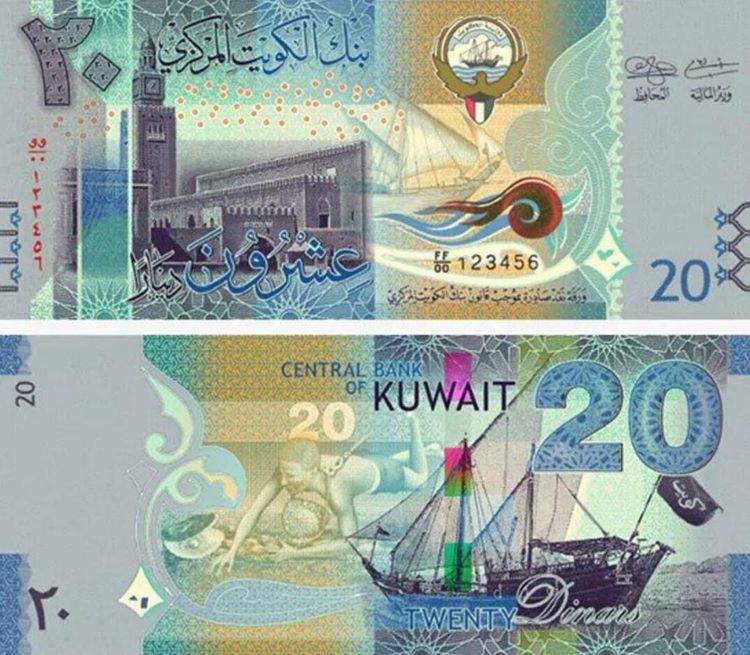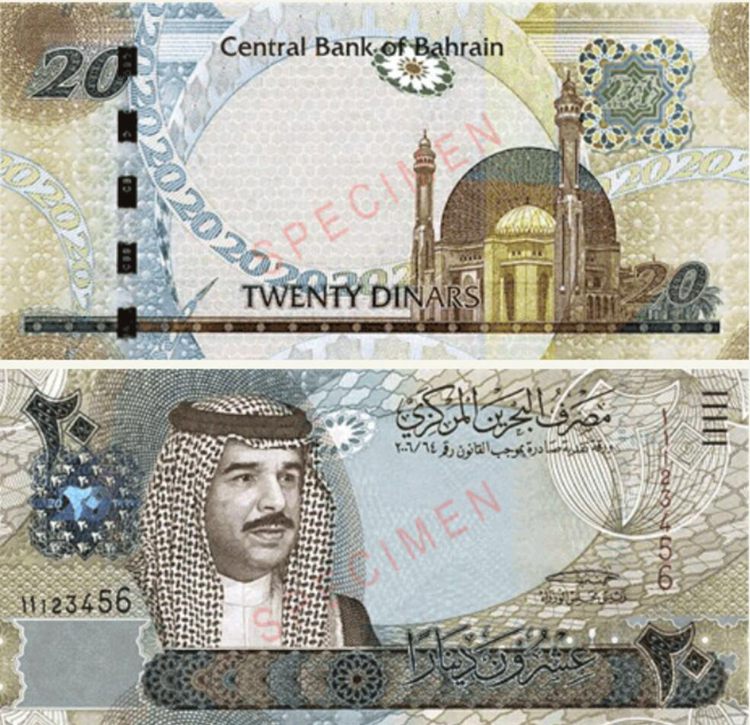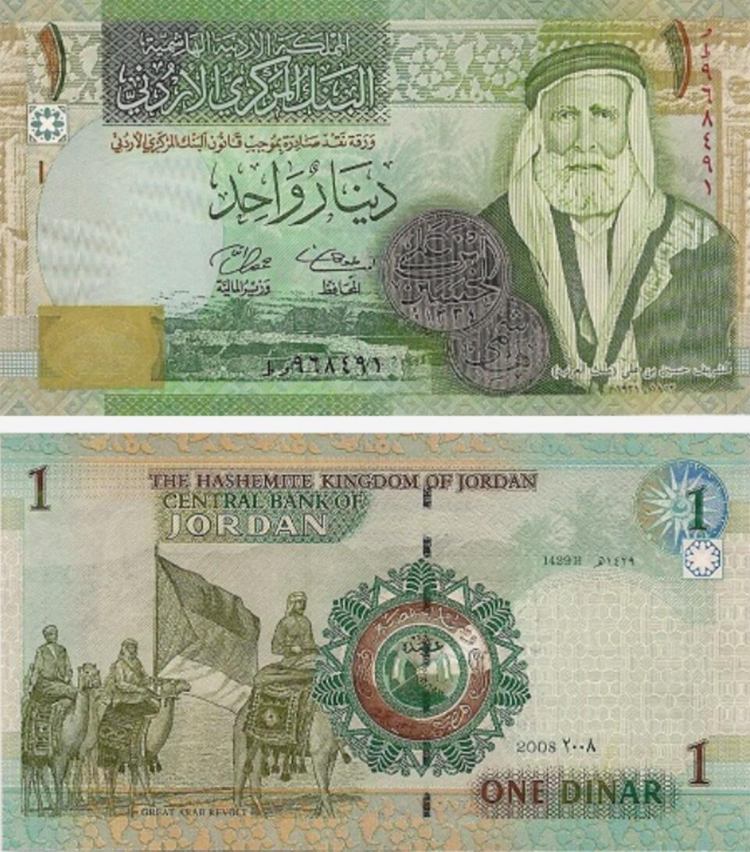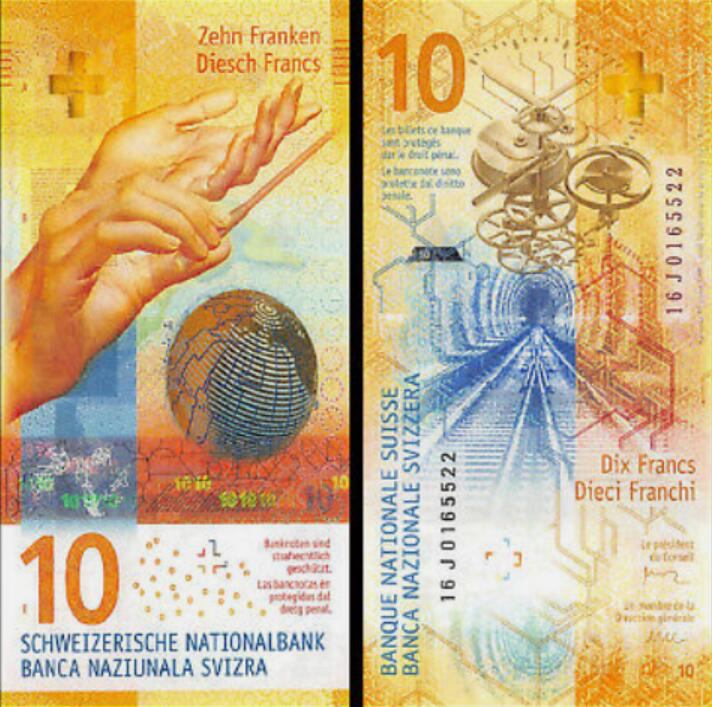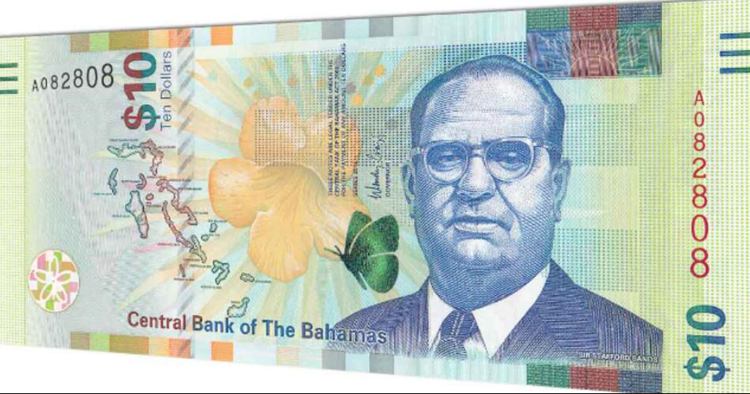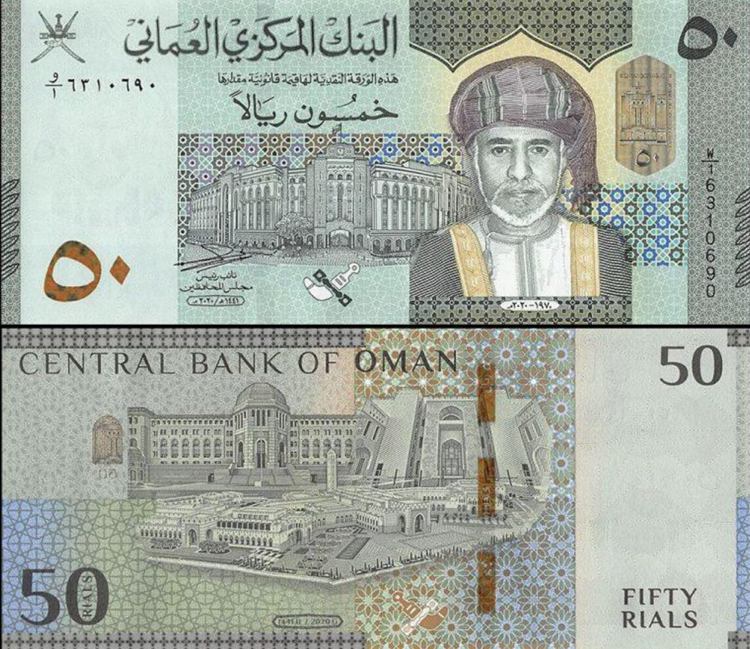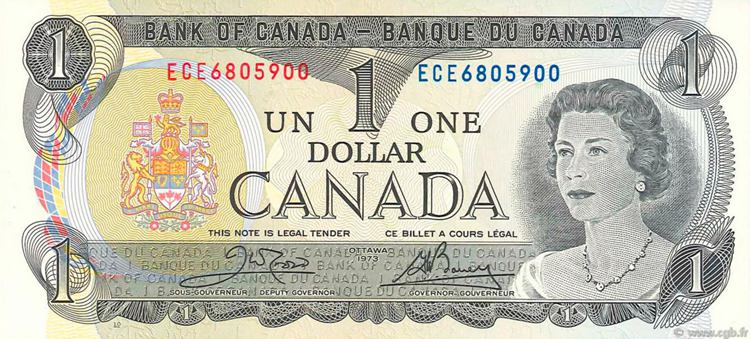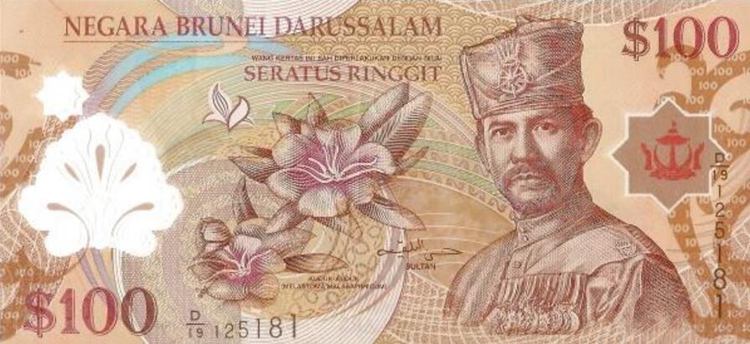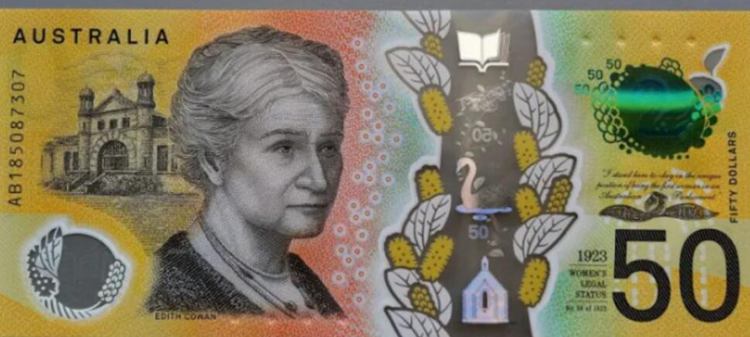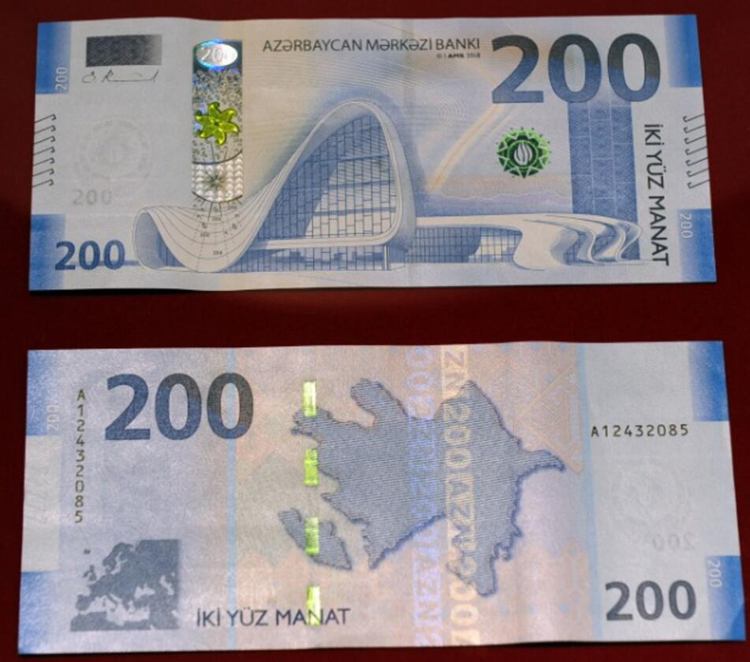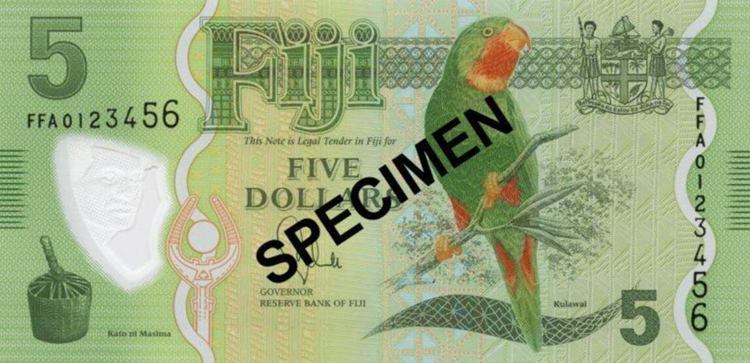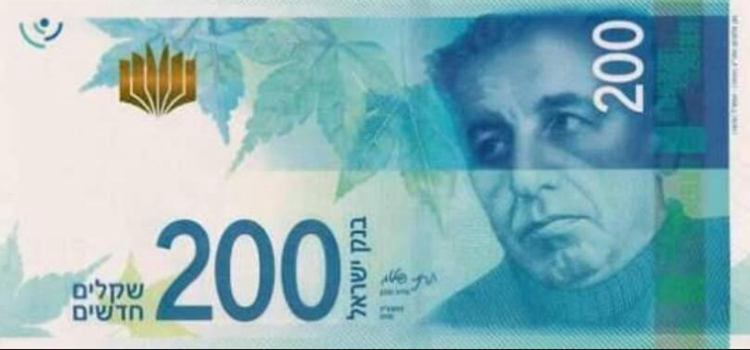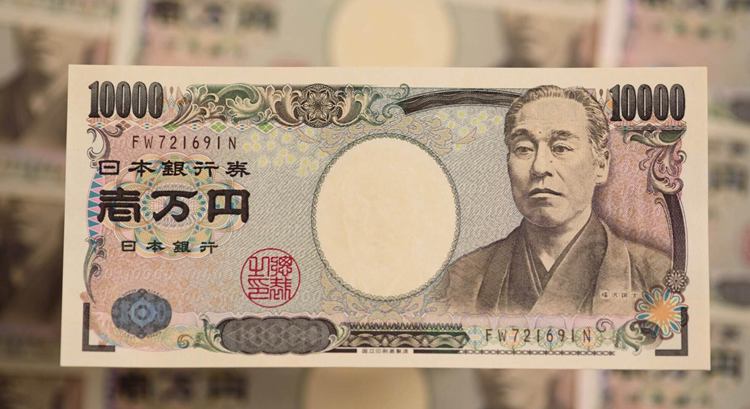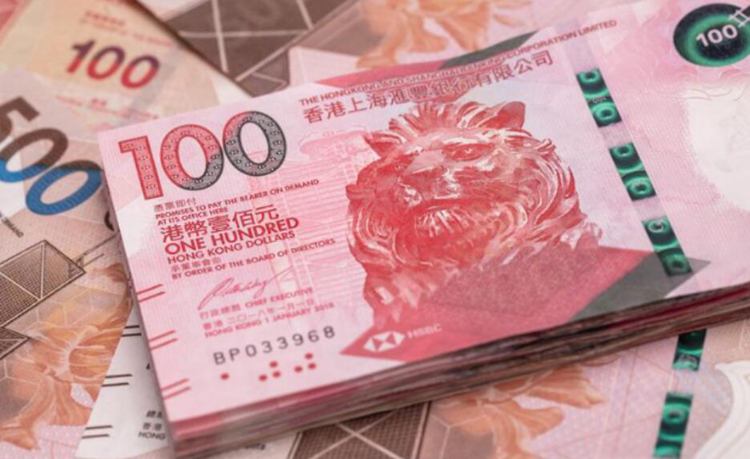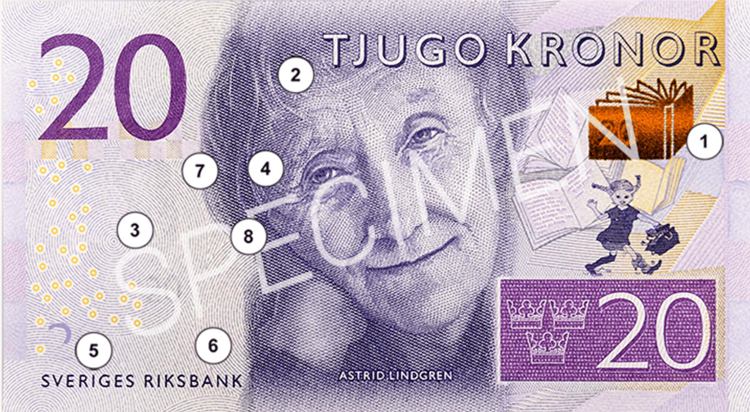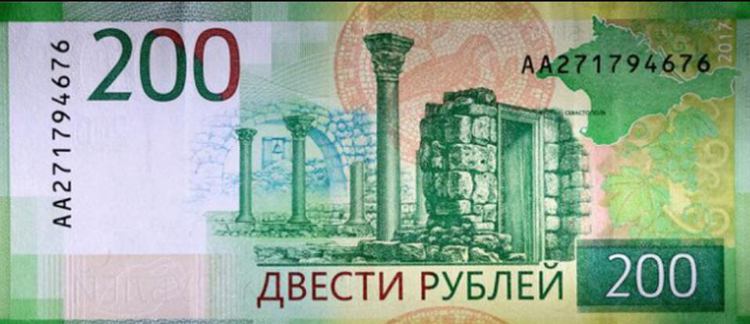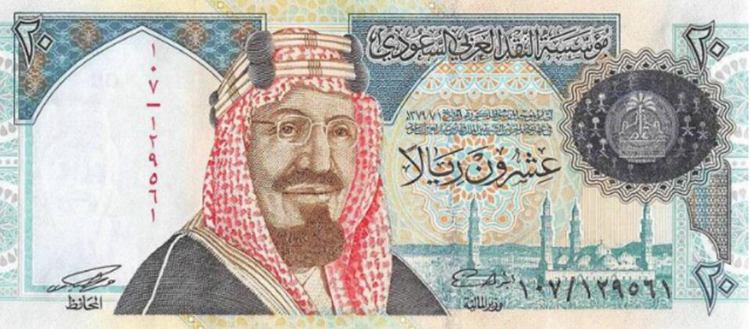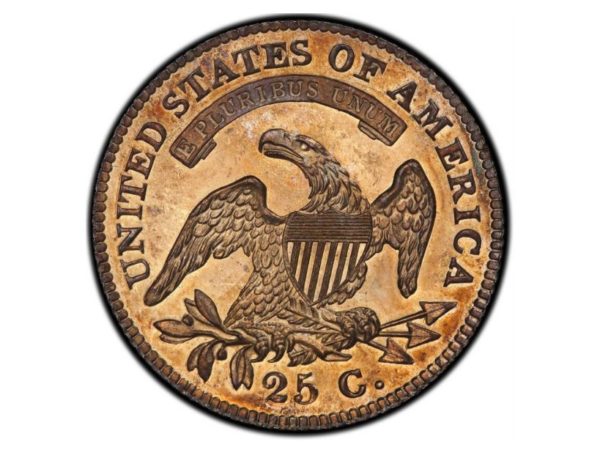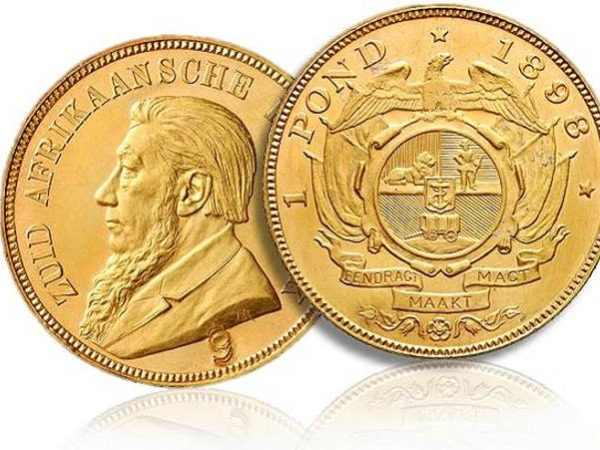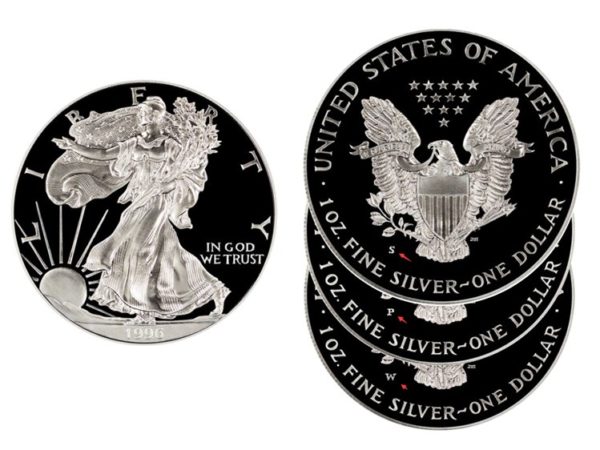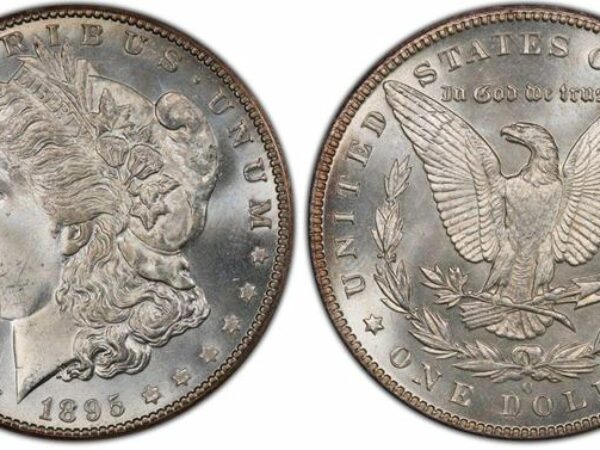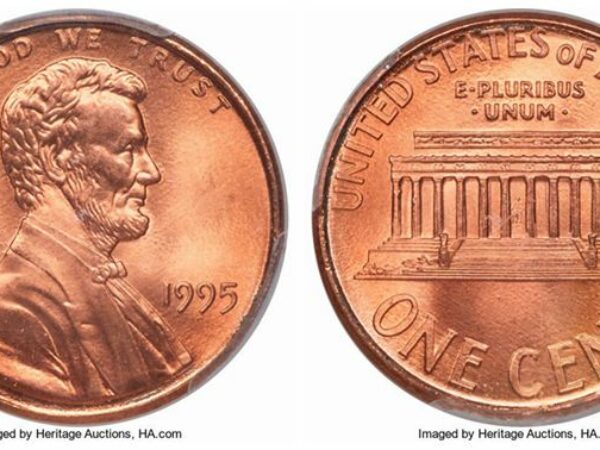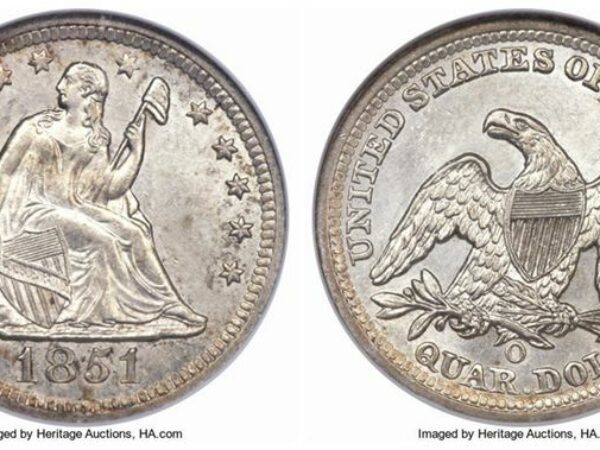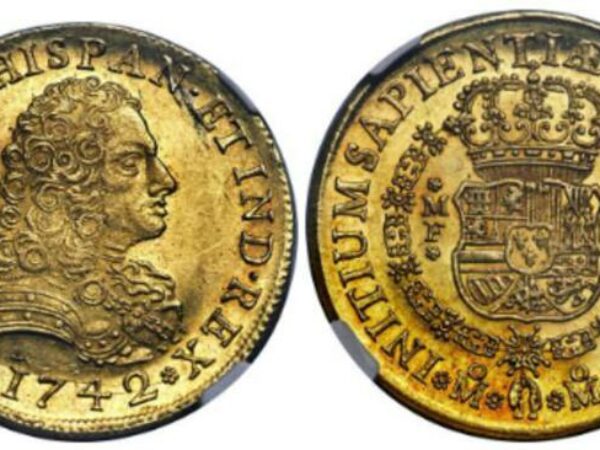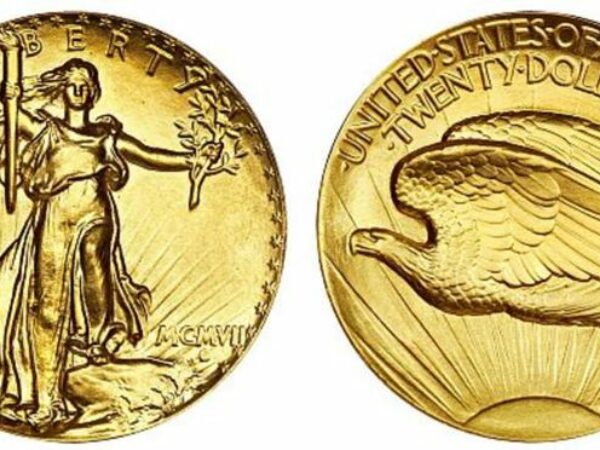If you are American or your country’s currency is backed by a reserve of the American dollar, you can begin to think that the American dollar is the most valuable currency in the world. This is absolutely far from the truth. This article presents the 25 most powerful currencies in the world—including the US dollar, of course.
First, by valuable, we mean the relative purchasing power of that currency when used for the purchase of products or when that currency is traded in the world’s foreign exchange market against other currencies.
We arrived at the currencies on this list after considering the demand and supply of the various currencies in the foreign exchange market, the interest rates of the country’s central bank, the country’s trade balance, and so forth.
In the end, these currencies from the Arab world came on top.
Table of Contents
25 Most Valuable Currency In The World: List
No |
Name of currency |
Year introduced |
Value To Dollar |
1 |
Kuwaiti Dinar |
1961 |
$3.29 |
2 |
Bahrain Dinar |
1965 |
$2.65 |
3 |
Jordanian Dinar |
1950 |
$1.41 |
4 |
Pound Sterling |
1694 |
$1.13 |
5 |
Cayman Island Dollars |
1972 |
$1.20 |
6 |
Euro |
1999 |
$1.10 |
7 |
Swiss Franc |
1850 |
$0.93 |
8 |
US Dollar |
1792 |
None |
9 |
Bahamian Dollar |
1966 |
At par with dollar |
10 |
Omani Rial |
1970 |
$2.60 |
11 |
Canadian Dollar |
1867 |
$0.73 |
12 |
Singapore Dollar |
1967 |
$0.71 |
13 |
Brunei Dollar |
1967 |
$0.71 |
14 |
Australian Dollar |
1966 |
$0.64 |
15 |
New Zealand Dollar |
1967 |
$0.58 |
16 |
Azerbaijani Manat |
2006 |
$0.59 |
17 |
Aruban Florin |
1986 |
$0.55 |
18 |
Fijian Dollar |
1969 |
$0.43 |
19 |
Israeli Shekel |
1986 |
$0.28 |
20 |
Hong Kong Dollar |
1937 |
$0.13 |
21 |
Japanese Yen |
1869 |
$0.0067 |
22 |
Swedish Krona |
1873 |
$0.089 |
23 |
Russian Ruble |
1704 |
$0.016 |
24 |
Indonesian rupiahs |
1946 |
$0.000064 |
25 |
Saudi Riyal |
1961 |
$0.27 |
1. Kuwait Dinar(KWD)
Year: 1961
Rate: $3.29
The Kuwait dinar was introduced in 1961. It replaced the gulf rupee. It is the official curry of the country considered one of the wealthiest countries in the world. Oil constitutes 80% of its GDP.
They do not pay taxes, yet they have one of the lowest unemployment rates in the world.
2. Bahrain Dinar (BHD)
Year: 1965
Rate: $2.65
The currency code for Bahrain is BHD. It comes after Kuwait as the country with the second most valuable currency in the world. It sits in the Persian Gulf and has a population of just over a million people. Since 2005 Bahrain has maintained a stable exchange rate against the US dollar. The country’s wealth relies on the oil and gas from its earth.
3. Jordanian Dinar (JOD)
Year: 1950
Rate: $1.41
The Jordanian currency is also in use in the West Bank, Israel. It replaced the Palestinian pound in 1950 and since then has experienced a steady rise in value. This currency is peculiar in that the country itself has no natural resources.
The strength of the Jordanian currency is dependent not on its intrinsic value but on the US rate. The county relies on fertilizer exports, foreign remittances, aid, and a booming economic relationship with the US, European Union, Canada, and South East Asia.
4. Pound Sterling (GBP)
Year: 1694
Rate: $1.13
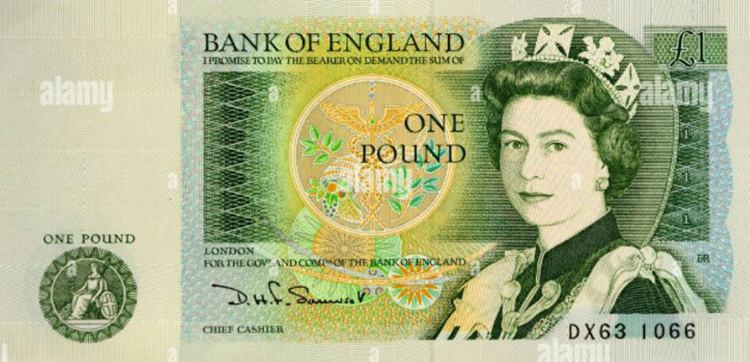
This is the oldest currency in the world that is still being used by any country. The pound Sterling is spent even outside Britain by British territories, and the Crown Dependencies. This currency is so strong it influences world trade by a wide margin.
It is the fourth most used currency in the world. There was a time when the pound sterling was the most powerful currency in the world. This was when Britain was a world-dominating empire. The currency lost that spot after the two world wars.
5. Cayman Island Dollars (KYD)
Year: 1972
Rate: $1.20
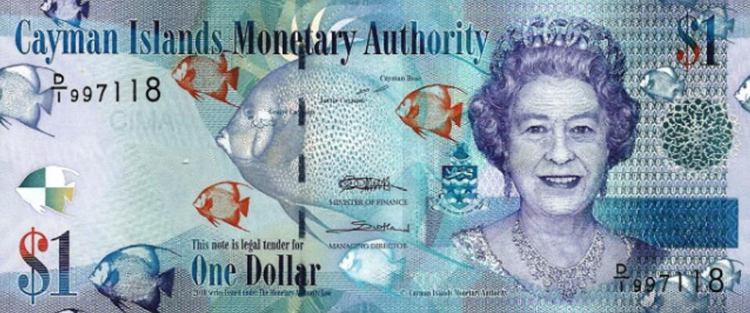
This is the official currency of the following Islands: Grand Cayman, Little Cayman, and Cayman Brac. They are all located in the Western Caribbean Sea. The Cayman Islands is a place where many businesses of the world go for their tax protection. You incur no taxes on your income or savings in this country.
6. Euro (EUR)
Year: 1999
Rate: $1.10
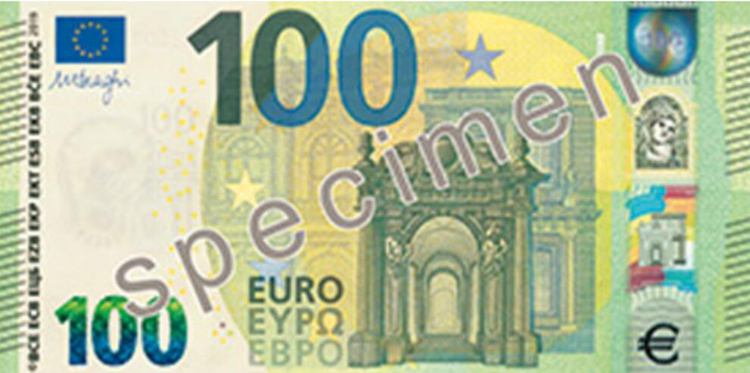
The Euro was introduced in 1999 and is used by 19 states of the European Union. Though this currency is the youngest living on this list, it is second most used in reserve and circulation because of the number of countries that use it as their official currency.
Other 25 countries peg their own currency to the euro. This is so because Europe has long become a big authority in the global economy and politics. This currency isn’t pegged to the dollar though.
7. Swiss Franc (CHF)
Year: 1850
Rate: $0.93
Before Switzerland adopted the Swiss franc, they spent multiple currencies of 13 confederates. In 1850 the franc was introduced. Today it is known as a safe haven currency. One of the benefits that the currency enjoys is Switzerland’s non-alignment with major world conflicts.
This has made the country’s politics a stable one, and therefore their economy too. The fiscal policies of Switzerland also enable it to grow. The franc is the seventh most traded currency in the financial markets.
8. US Dollar (USD)
Year: 1792
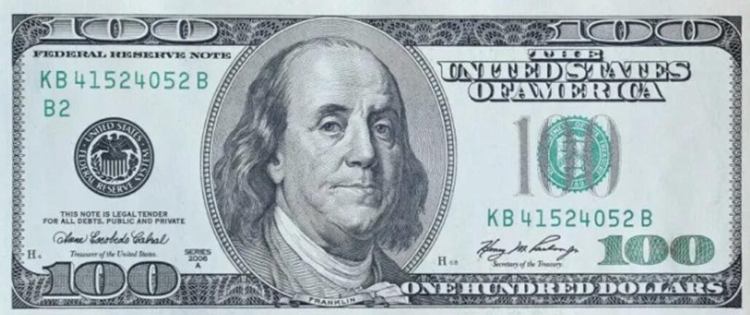
It would surprise most people, even Americans, to know that 70% of the US currency is outside that country. The US dollar is the most powerful currency in the world and the most used in reserve and circulation. It has been the official currency since 1792. It dominates the world financial market.
9. Bahamian Dollar (BSD)
Year: 1966
Rate: At par with the dollar
The Bahamian Dollar is pegged to the US dollar and they are at par. The currency replaced the Bahamian pound in 1966. The Bahamas relies on tourism for the health of its economy and financial services to international businesses. Like the Cayman Islands, the Bahamas is a tax Haven for businesses too. This has helped stabilize the economy of the country.
10. Omani Rial (OMR)
Year: 1970
Rate: $2.60
Omani runs a tight economic policy with their currency pegged to the US dollar. They have been able to maintain a strong economy for this reason and also why their currency makes it to this list. Another factor Oman has going for the country is its oil and financial restrictions.
The effect of the restrictions is that Oman’s money supply is protected from outside influence and from conflicts in the middle east region.
11. Canadian Dollar (CAD)
Year: 1867
Rate: $0.73
The Canadian dollar ranks as the sixth largest reserve currency in the world. 5% of currencies traded daily include the Canadian dollar.
One of the strengths of the Canadian economy is the large oil reserve they have. It is second to that which Saudi Arabia and Venezuela have. Hence the fluctuations in oil prices control the power of the Canadian dollar. Another name for the Canadian dollar is the loonie, in reference to the bird that’s depicted on the one-dollar coin.
12. Singapore Dollar (SGD)
Year: 1967
Rate: $0.71
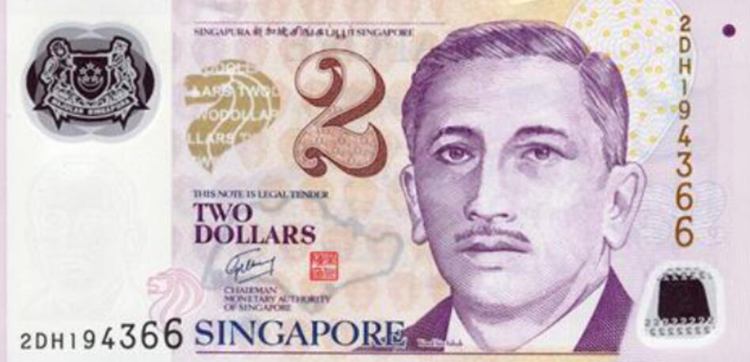
This is the official currency of Singapore which was introduced in 1967. By 2019 this currency was the 13th most traded one in the world by value. You can spend the Singaporean dollar in Brunei, which incidentally is the country whose currency the Singaporean dollar is pegged to. The Brunei dollar is also accepted in Singapore.
13. Brunei Dollar (BND)
Year: 1967
Rate: $0.71
As noted earlier the Brunei dollar is at par with the Singaporean dollar. Both came into existence in the same year. The country’s economy was once described as the most open one in the world. They have low tax rates. Singapore is one of the best places to do business. They have business-friendly policies that encourage the growth of both local and international businesses which is a factor in a strong economy.
14. Australian Dollar (AUD)
Year: 1966
Rate: $0.64
The Australian dollar is used by the country and external territories and islands like Christmas Island, Norfolk Island, Kiribati, Nauru, and Tuvalu. The Australian dollar is the fifth most traded currency in 2016. The Australian currency has a high commodity price. This is why the economy of the country attracts investors.
15. New Zealand Dollar (NZD)
Year: 1967
Rate: $0.58
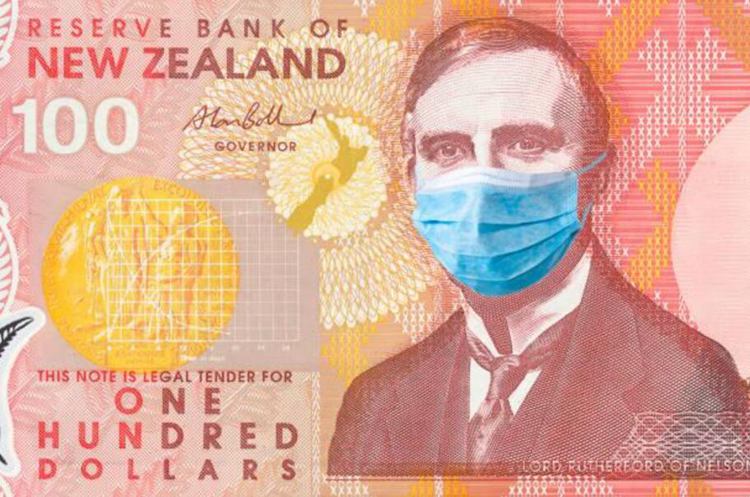
Forex traders call the New Zealand dollar the kiwi. Or kiwi dollar because the bird kiwi is depicted on the one dollar coin. It is the tenth most traded currency in the financial markets. It represents 2.1% turnover of the global forex market daily in 2019. This currency was pegged to the dollar and GBP in the past.
16. Azerbaijani Manat
Year: 2006
Rate: $0.59
At present inflation is low in Azerbaijani because the increasing oil price is allowing the country to accumulate foreign reserves. The country enjoys a top currency because of its oil. In 2015 the Manat was on the list of the top 10 most expensive currencies in the world. The economy of the country continues to grow because of the diversion into other non-oil ventures.
17. Aruban Florin
Year: 1986
Rate: $0.5
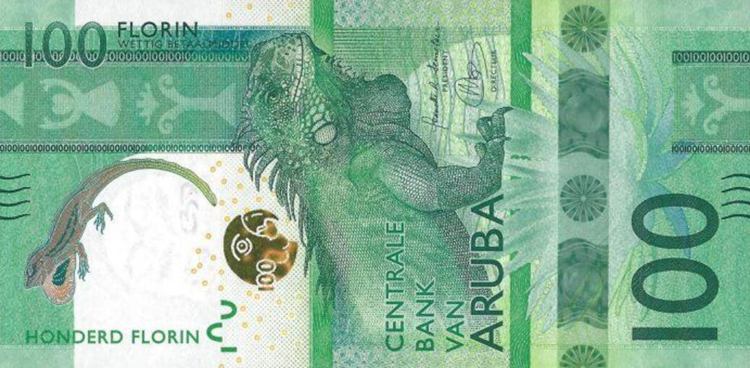
The florin replaced the Netherlands Antillean Guilder in 1986 and at the time the two currencies were at par. Today the florin is pegged to the US dollar at 1.7 florins per dollar. The florin enjoys a strength that emanates from the country’s ties with the Netherlands and its economic ties with the US.
18. Fijian Dollar
Year: 1969
Rate: $0.43
The Fijian Dollar used to have the image of Queen Elizabeth on it until 2012 when it was replaced with animals and plants of Fiji. The economy of Fiji is one of the strongest among her peers in the Pacific Islands. The economy is even expected to hit new highs by the end of 2022. The economy is based solely on tourism and agriculture.
19. Israeli Shekel
Year: 1986
Rate: $0.28
The Israeli shekel is used in Israel, the Palestinian territories of the West Bank, and the Gaza strip. The currency in question is the new Israeli shekel which is different from the former one the country used before 1986.
Their currency originates from the Christian bible. Israel’s strong economy is due to its fine economic policies and its rich supply of gas. There’s a high technology boom as a result of their quality education.
20. Japanese Yen
Year: 1869
Rate: $0.0067
The yen was first minted in 1869 but would not be adopted until 1871. Japan runs a highly developed free-market economy. it is actually the third largest in the world calculated by GDP. It is the world’s second-largest developed economy too. It is no wonder the currency is a very strong one and deserves a mention on this list of the most valuable currencies.
21. Hong Kong Dollar (HKD)
Year: 1937
Rate: $0.13
The Hong Kong Dollar is the official currency of Hong Kong. It was introduced in 1937. It is ninth on the list of most traded currencies in the world. Although it is not a major reserve currency the HKD has been doubling in turnover since 2016 making it one of the most valuable currencies in the world. The economy of the country is characterized by low taxation with a solid international financial market.
22. Swedish Krona (SEK)
Year: 1873
Rate: $0.089
One of the reasons why the Swedish currency is valuable is its economy. The country’s approach is a liberal one. It is also an export-oriented economy and they maintain a trade surplus. They are one of the world’s most highly developed countries with a post-industrial society. Workers in the country are highly skilled and educated.
23. Russian Ruble
Year: 1704
Rate: $0.016
The Russian currency is one of the most valuable because of its huge and vibrant economy. It is a mixed-market economy that relies on enormous natural resources like oil and gas. It is the fourth largest economy in the whole of Europe. Even with the war going on on Ukrainian soil, the Russian economy is still in better shape than the world realizes.
24. Indonesian Rupiah
Year: 1946
Rate: $0.000064
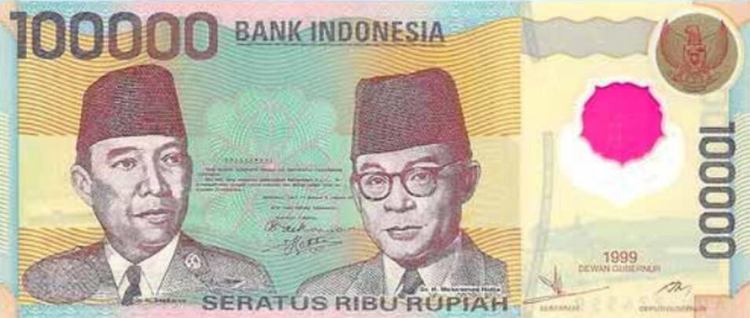
The Indonesian rupiah made it to this list because the currency is now so valuable. The country’s trade surplus attracts investors giving their economy a boost. Of course, the rupiah is not as strong as the US dollar. However, it has become a currency to reckon with in the past years. It is projected that the rupiah could even become Asia’s best currency soon.
25. Saudi Riyal
Year: 1961
Rate: $0.27
Saudi Arabia has the largest economy among the Arab states. It is the eighteenth-largest economy in the world. The fact is Saudi Arabia is a very rich country. This makes their currency a valuable one. As of 2015, Saudi Arabia is counted among the seven world powers.
What Makes A Currency Valuable?
After reading through the above list you may wonder why some other currencies are not on it, and what determines the value of a currency.
The Demand
The demand for a currency is what determines how valuable it is. It is the same as the value of anything else. If a coin is valuable it is because collectors or experts have a sentimental attachment to the particular coin, they want it, and they seek it.
If collectors are willing to exchange huge amounts of money for it, then it is valuable. It is the same as the currencies on this list. The currency is valued based on how much people will exchange for it and how much of that currency is available.
Treasury Notes
Also the demand for that currency’s Treasury notes determines how much the currency is valuable. Treasury notes are instruments that carry a fixed interest rate and it matures after a duration of time that ranges from two to ten years. They are debt securities and are available from the government of countries.
Foreign Exchange Reserves
The value of a currency is also determined by how much of it is held in foreign reserves. The more of a country’s currency is held in another country’s foreign reserve the more that currency is. Countries often hold more currencies of a country they do plenty of business within their reserve because they need to spend it on transactions.
All these factors are also used to measure the value of the currency.
How A Currency Becomes More Valuable
Just like everything else we buy from day to day, people buy currencies too. Where they do this by buying not in groceries stores but in foreign exchange markets. The laws of demand and supply also affect the buying and selling of currencies.
The value of a currency increases when many people want that currency. It means the demand for the currency has increased. And if much of the currency is stored up and no one is buying it, the value of the currency would drop.
Frequently Asked Questions
Which currency is the highest in the world?
The Kuwaiti dinar is the highest currency in the world and has been for some time now. It is the most used in the middle east and the economic stability enjoyed by the country is why this is so.
What are the three most valuable currencies in the world?
They’re the Kuwaiti dinar, Bahraini dinar, and the Omani Rial.
Which Currency has the lowest value?
The Iranian rial has the lowest value omg the currencies of the world. The reasons for the decline in Iranian currency range from threats faced by Israel and possible nuclear warfare. There are financial restrictions on Iran also and this has caused them huge losses.
What is the world’s weakest currency?
The Iranian rial and Venezuelan Bolivar are both tied as the world’s weakest currencies. The poor economy, political conflicts, and high inflation led the two currencies into weakness.
Why is the Kuwaiti dinar so valuable?
This is because the currency is in such high demand. The forces of demand and supply often lead either to a high-value currency or to a low-value one. The more people buy a currency the higher the value of that currency. In the middle east, the Kuwaiti dinar is in high demand by countries who have to do business with each other. The country of Kuwait is hugely dependent on oil, and they use their oil revenue properly making the country a very stable one.
How much money is in the world?
It is difficult to say the exact figure of how much money is in the world because money is present in other forms like investments and derivatives. The amount runs into quadrillions.
How much money is in the world per person?
The present estimate says there is $17,382 per person in the whole world.
Which currency is the most traded in the world?
It is the US dollar. This is the currency of the United States of America. Further, it is the reserve currency for most countries of the world for the purpose of business transactions. This however doesn’t suggest that the dollar is the strongest currency in the world.
Which is the world’s most stable currency?
The Swiss currency is the most stable currency in the world. It is used by Switzerland and Liechtenstein. The country enjoys great economic policies, a low debt profile, and the confidence of investors from all over the world.
Final Thoughts
The value of each country’s currency fluctuates every day and during the day. However, this value would remain and stay within a particular range for a long period. This stability is important for any country because it influences investor interest and confidence in that currency. A highly unstable currency is an investor’s nightmare and countries work hard to make policies that prevent this from happening. The United Nations Organization recognizes 180 currencies currently. The ones on this list are the outstanding currencies. Since countries continue to strive for a stronger economy, you can expect this competition to yield a different set of valuable currencies in the future.

